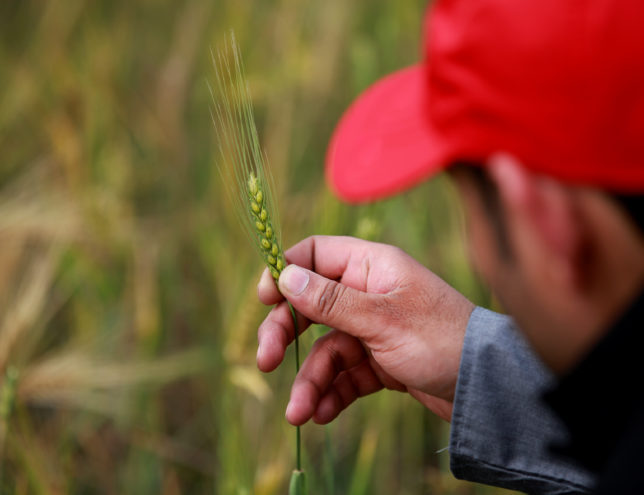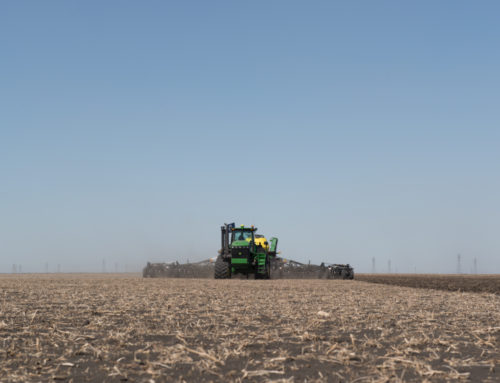Every season some new pesticides come to market. New products can encompass label additions, new combinations of existing active ingredients or brand new active ingredients. The latter is less common than the first two. New generic products are also relatively common – which speaks to the lifespan of some of the products we are using.
Although the season has been relatively dry up to this point, growers are becoming more concerned about disease pressure and fungicide options particularly with a recent rain and because of the heavy disease pressure experienced in 2016 and in years prior.
“Even with the pathogens present, it doesn’t mean disease will occur,” says Barb Ziesman, provincial specialist, plant disease, for the Government of Saskatchewan’s Ministry of Agriculture. “Growers should be keeping close tabs on decision support management and risk assessment tools such as the Fusarium Head Blight Risk Maps maintained by the Saskatchewan Wheat Development Commission and by Manitoba Agriculture. Environment is critical to the development of disease in crop in any season.”
Risk assessment maps are particularly important for monocyclic diseases such as fusarium head blight. “These diseases are really driven by the environmental conditions,” says Ziesman. “Polycyclic diseases like leaf spots and most foliar diseases are those that have multiple infection cycles per season and can progress throughout the season. In cereals, it is important to protect the penultimate and flag leaves to maximise yield potential.”
Ziesman recommends regular scouting, and not the drive-by kind, to detect infection and then to make informed decisions about when to spray with fungicide to keep those all-important last leaves green for as long as possible. “Scout at least weekly,” says Ziesman. “If it rains, scout every two to three days. The earlier you find disease and make decisions, the better. You can’t spray away the damage afterwards.”
Ziesman’s final advice is to make sure the real causes are correctly identified. “If you can’t make a clear diagnosis, then a diagnostic lab such as the Crop Protection Lab in Regina can help.”
The risk now is relatively low, but with the pathogens abundantly present, a shift in the environment can cause that risk to change very quickly.
Click here to see the Manitoba Agriculture FHB risk Map.
Click here to see the Sask Wheat Development Commission FHB Risk Map.







Leave A Comment